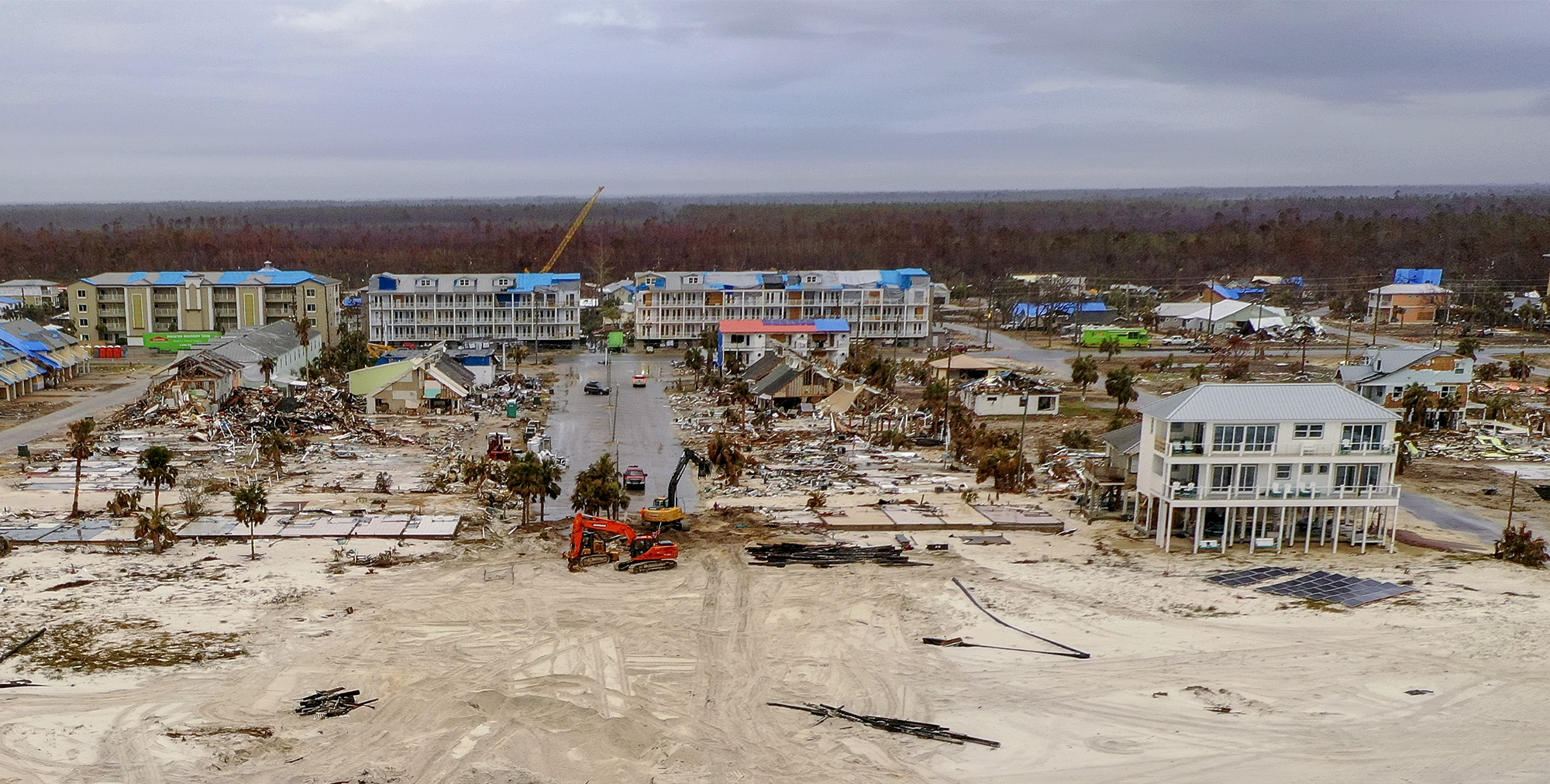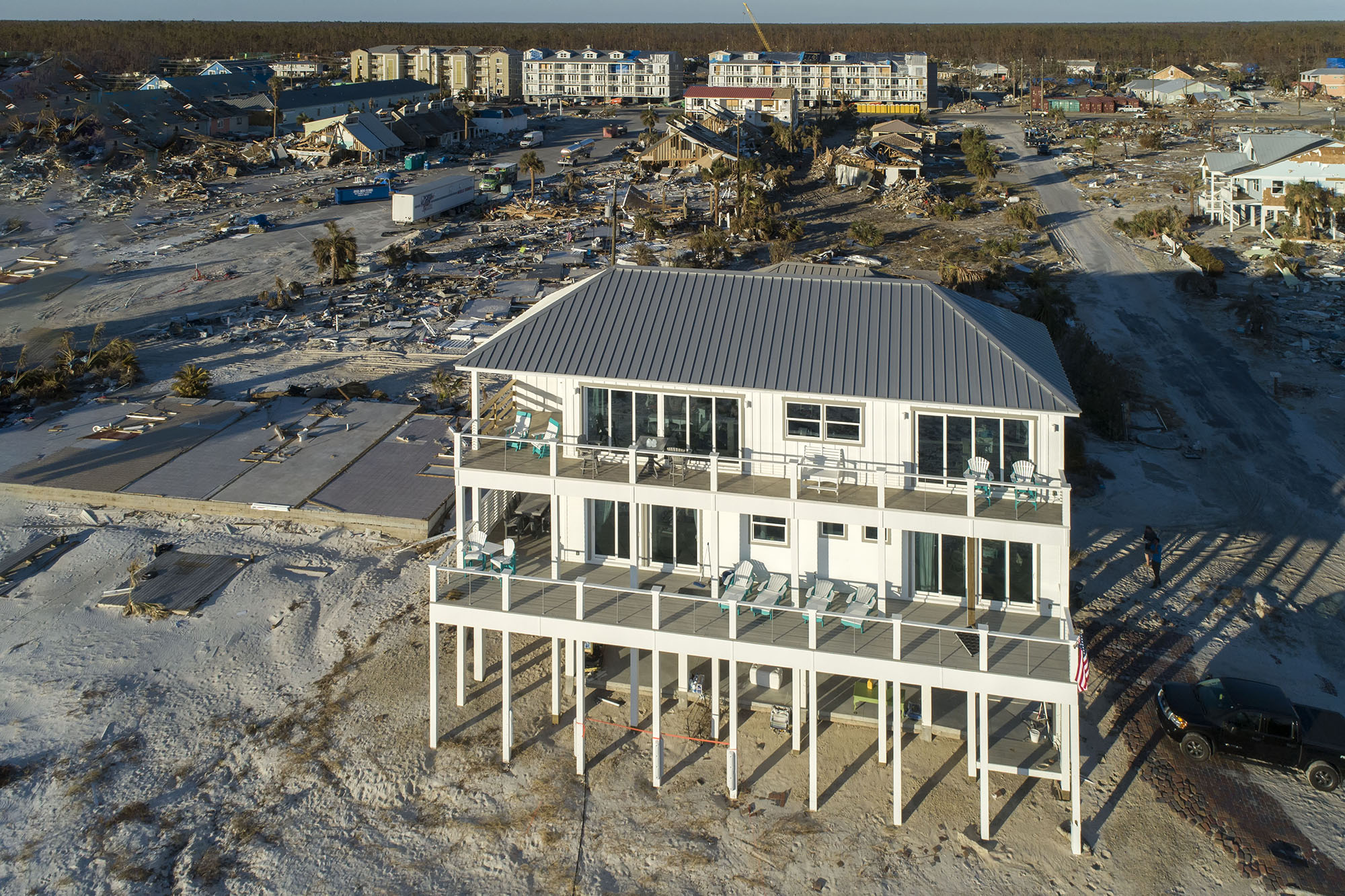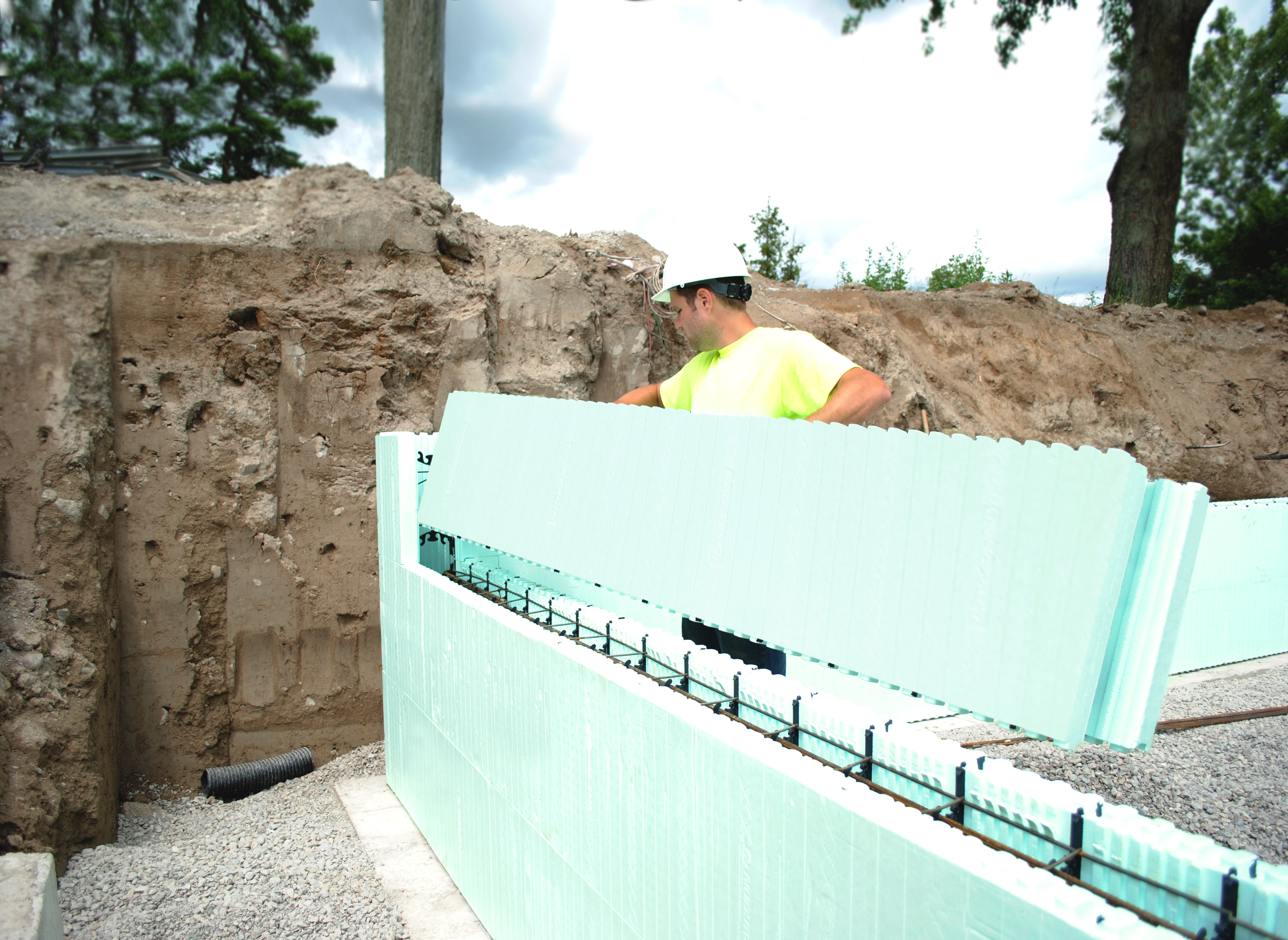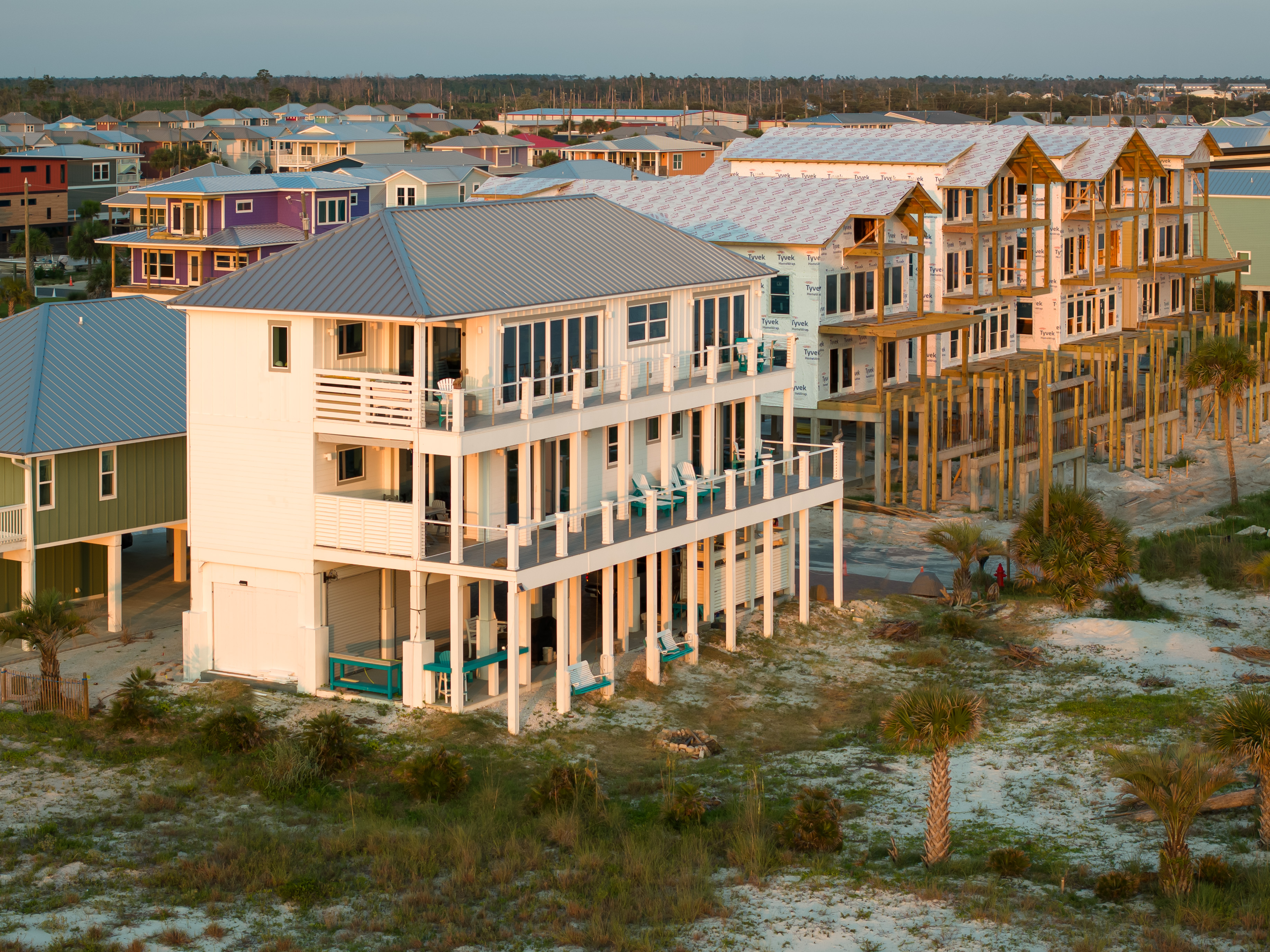
- Products
- Why Nudura
- Nudura Project Applications
- Training Academy
- Resources
- Company
Five years after Hurricane Michael struck in October 2018, the storm’s aftermath goes far beyond the $25 billion worth of damage it caused. This catastrophic event had a far-reaching impact, touching every aspect of life for those affected. Let’s look at the storm’s effects and how it provided lessons on how to build better to protect homes and families from future natural disasters.
Impacts of Hurricane Michael
With windspeeds up to 160 mph and a storm surge of 9 to 14 feet, Hurricane Michael left infrastructure in its wake in varied conditions. Homeowners had to deal with flood damage, mold, fixing or replacing roofs, fallen trees, and partially or entirely collapsed structures, forcing complete home rebuilds. In the resulting months, many reported that insurance didn’t cover the full scope of the necessary repairs.
According to a survey conducted by the Wharton Risk Center and Resilience Action Fund, homeowners affected by Hurricane Michael shared significant additional costs beyond just property damage. They also cited ongoing financial impacts from debris clean up, generators, fuel, evacuation, temporary housing, medical expenses, legal fees and lost income. For example, if one’s workplace was unusable, they couldn’t get paid, putting them further behind in an already difficult situation. Rehousing elderly or sick family members, even pets, was also a costly logistical burden.
All of this does not even take into account the storm’s emotional toll due to injuries and losing one’s home, their job or the life of a loved one.

Mexico Beach Devastation
Mexico Beach, part of Florida’s Bay County, was one of the hardest hit cities in the state. Out of its roughly 1,700 buildings, 94% were damaged and 48% were completely destroyed.
While there are numerous reasons behind this, it is important to also factor in the impact of building codes on the performance of these structures. Only two Florida counties, Miami-Dade and Broward, are designated as a high-velocity hurricane zone (HVHZ) which have more stringent building codes mandating wind resistance up to 170 mph, including “shatterproof windows, fortified roofs and reinforced concrete pillars, among other specifications.”
Mexico Beach is not in this area and therefore had less strict codes, which left its buildings vulnerable to Hurricane Michael’s forces. Plus, since most building codes only apply to new construction and significant renovations, even more rigorous criteria would take decades to implement across the residential sector. But it would’ve been a start.
Ultimately, the fragility of these structures in such a hurricane-prone location reinforces that building codes should be considered the bare minimum requirement. Homeowners should advocate that their new homes go beyond code to guarantee their safety. Construction and design professionals should ensure their builds are not cutting corners to attain code compliance and encourage the use of stronger materials that will perform better than the code prescribes.
As noted, few buildings in Mexico Beach sustained little to no damage from Hurricane Michael. One of these was the three-story waterfront home, called the Sand Palace. The house was constructed with Nudura insulated concrete forms (ICFs) along with other durable building materials in preparation for hurricane-force winds and flying debris. The owners’ proactive, disaster-resilient approach saved them on potential renovation and reconstruction costs. 
Next Steps to Build Better
How can homeowners minimize risk for future storms? As part of hazard mitigation measures, selecting storm-resistant building materials is critical, but educating communities, design and construction professionals about these options is equally important. For existing homes, upgrading roofs, windows and doors is one of the easiest first steps to increasing the structure’s resiliency to environmental conditions. Adding a safe room or storm shelter, which can be accomplished with insulated concrete forms, can also safeguard your loved ones in the midst of a natural disaster.
ICFs have proven resilient in the face of extreme weather and are ideal for constructing new homes, as well as commercial structures, from the foundation up. Insulated concrete forms provide protection for buildings and their occupants from flooding, high winds and wind-blown debris. As opposed to convention wood-framing, ICF construction offers long-term cost-savings to the owner due to their energy efficiency, but also from the lack of restoration expenses that would be required for a wood-frame building after a storm.
Contractors and architects who want to learn more about insulated concrete forms can contact a local Nudura Representative to get up to speed and see how to incorporate this disaster-resilient construction practice into their scope of work.
Hurricane Michael serves as a reminder that the true cost of a hurricane is much more than just property damage. The lasting detriments are the families uprooted, livelihoods destroyed, and fatalities that cannot be recovered.
As the Sand Palace demonstrates, insulated concrete forms offer peace of mind that hurricane-resistant building exists so that structures, and the people inside them, can survive the harshest weather. This photo below, taken in 2023, shows that even five years later, neighboring homes are still in the process of rebuilding. As we remember the lives lost and damage caused from Hurricane Michael, let's also work together to build more resilient communities that can weather future storms.
CONTACT US
We’re committed to supporting homeowners and design professionals who are interested in or use our products. We’re always happy to help and provide more information.




